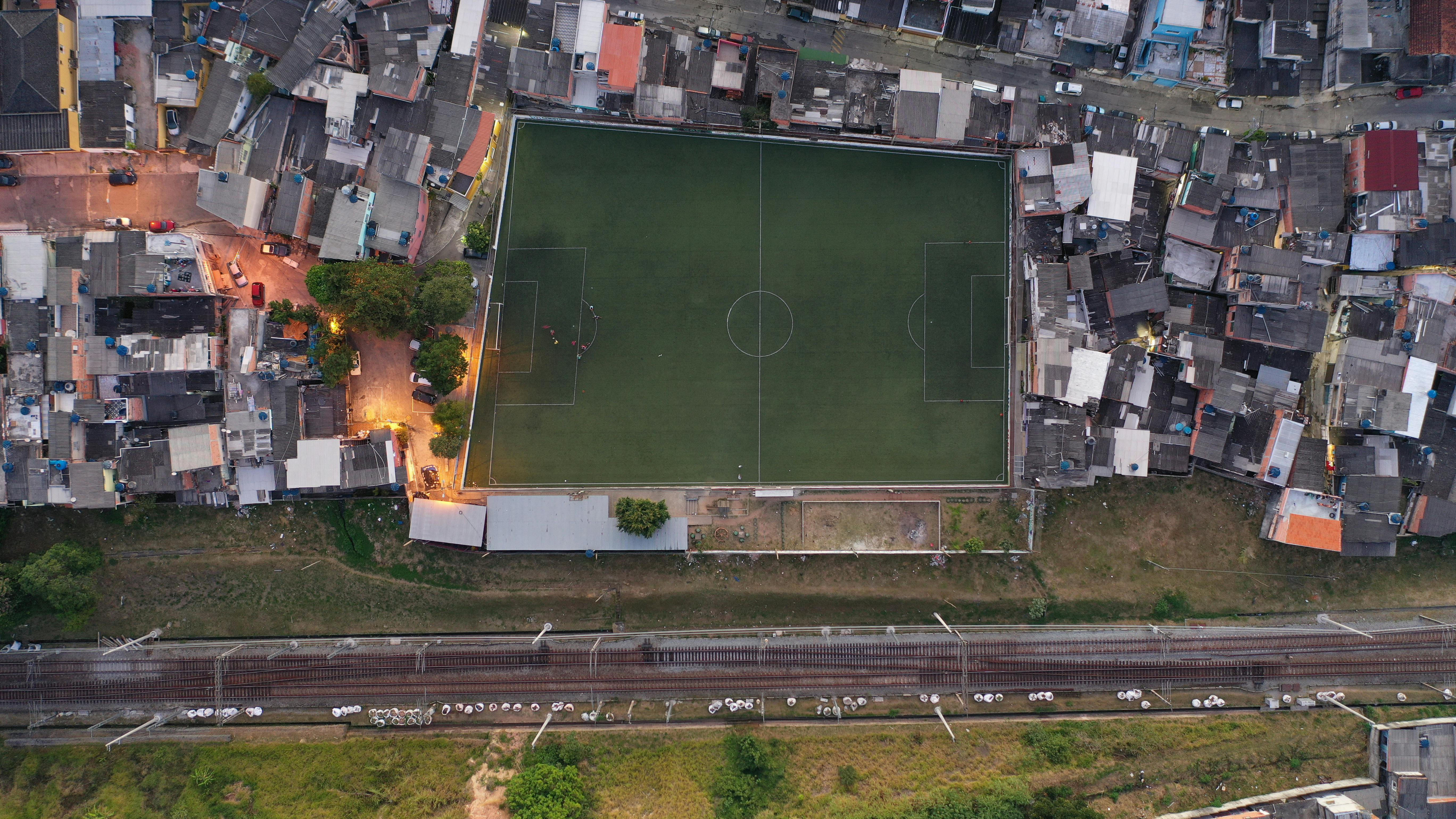At any moment we were given the opportunity to hunt waterfowl in areas we had never hunted before. One of the first things we had to do was place some duck blinds in strategic locations around the area we were hunting. Building a portable duck blind in these areas is essential to our success and is relatively simple to do. Duck blinds are some of the oldest tools used by waterfowl. Having a “hidden area” makes the trip more enjoyable. Building an effective duck blind is inexpensive. Using the natural resources around you is the cheapest and most efficient way to build a portable blind. With some wire, poles, limbs, and an ax, this project can be completed in half a day.
Before starting to build their portable duck blind, the hunter must determine the correct position of the shade. Things to consider are landing patterns, wind direction, speed, and the availability of good, clear shots. Ducks land on the wind, keep that in mind when building the shade. Make sure you have that clear shot over the water or the cornfield you are hunting in. Check your surroundings, look for rows of small trees at a distance of fifteen to six meters from the water. Rows of trees are ideal to use as a hiding place for waterfowl flying from the rear. The end situation would be for a row of trees to replace the rear wall of the blind. The perfect rows of trees would be those two to three meters tall. If you have found a suitable row of trees, just tie the side posts to the front posts and then pass that side post through the trees and against the trunk of one of the trees in the tree rows. All is not lost if you don’t have access to a row of trees. Look for low spots along the shoreline where the ground can act as your back wall
The following is my procedure used to build a blind for two or three people. This project can be put together in approximately two to four hours. If you are not hunting until next weekend, take your time. Remember that the blind must blend in with their surroundings. The better that blind man looks and the more he blends in with the surroundings, the better his chances of a good hunt.
Find six straight poles or poles, approximately 3 “in diameter. Any straight round lumber will work. Driftwood is my preference for poles; it is generally fairly light and clean. Place three supports on the ground 4 feet apart. straight line. If you don’t have a row of trees or ground behind you for a back wall, do the same with the remaining three posts in a parallel line directly behind the front posts for the back of the shade. good success in locating a row of trees, you can eliminate this step. This will be your frame for the portable shade, approximately 4 feet by 8 feet. This can be stretched up to ten feet without any problem. Four feet for each person. If there is more for three people, I would recommend building two blinds.
If necessary, cut the front posts to a height of about 4 feet. The front has to be high enough to hide you, but low enough for you to shoot. If you have back posts, cut them about five and a half feet. Wrap pig wire or chicken wire around the outside of the posts to cover the shade. I prefer pig wire since chicken wire doesn’t have as much support, but it will work. Staple the cable to the posts for strength. This will add stability to the shade and help support the actual shade material that will be attached to the cable. One end should be left open so that the hunter and his dog can get in and out of the shade.
Next, you’ll want to start layering bushes and tree branches. The first cover of the blind should be your large pieces, working down to the smallest pieces. The base coat should be your hardwood material and then follow up with your evergreen material. Weave the material with the wire for added resistance against wind or rain. The entire cable must be covered to avoid reflections from the sun. Weave the material in and out of the pig wire, as if you were weaving a basket. The material on the back of the louver should extend higher than the top of the hog wire to hide hunters from ducks entering the firing line from behind. Remember, the shade should blend into its surroundings and look as natural as possible. It is not difficult at all and can be done in half a day. Good hunting!
